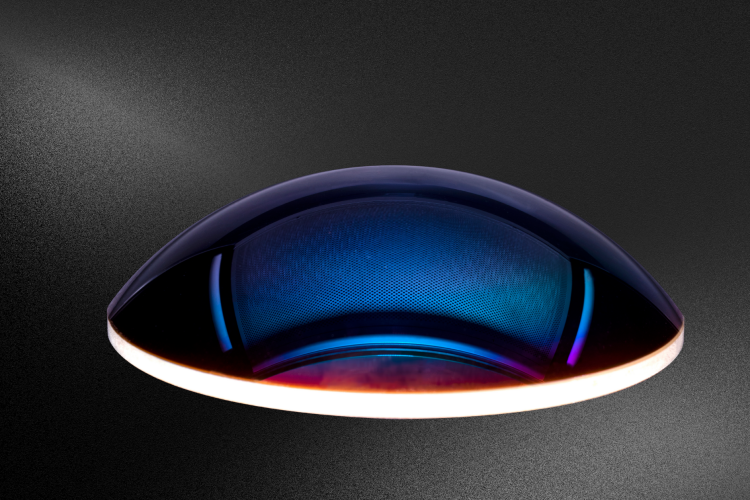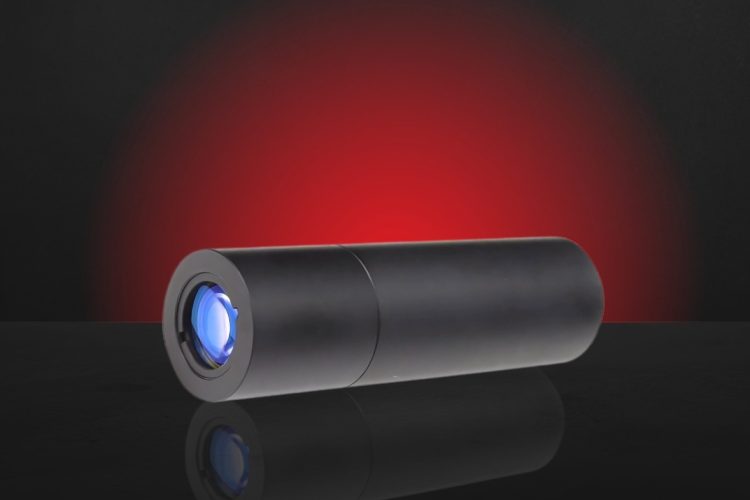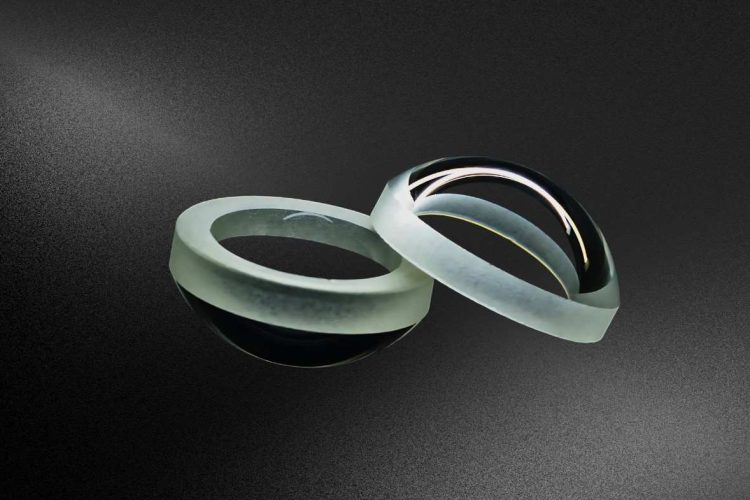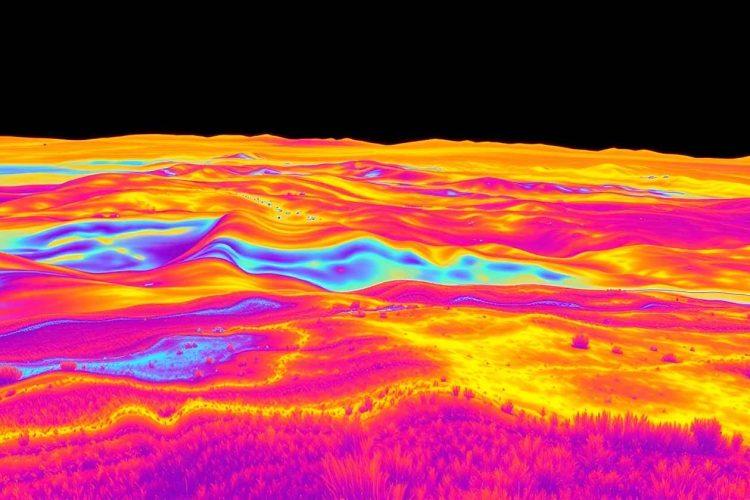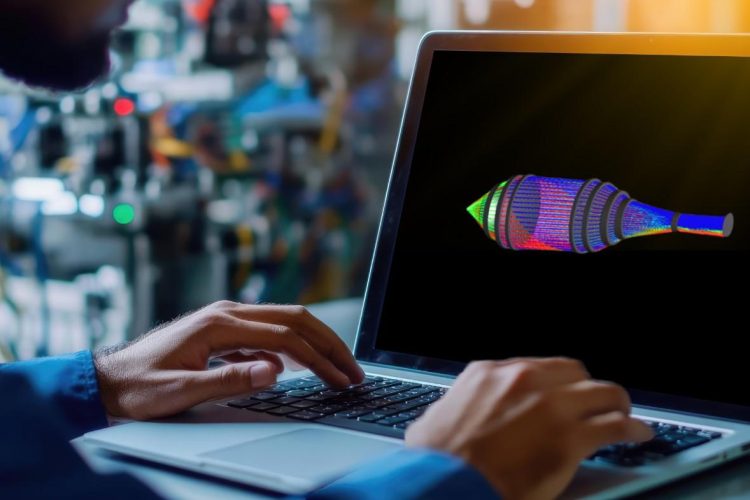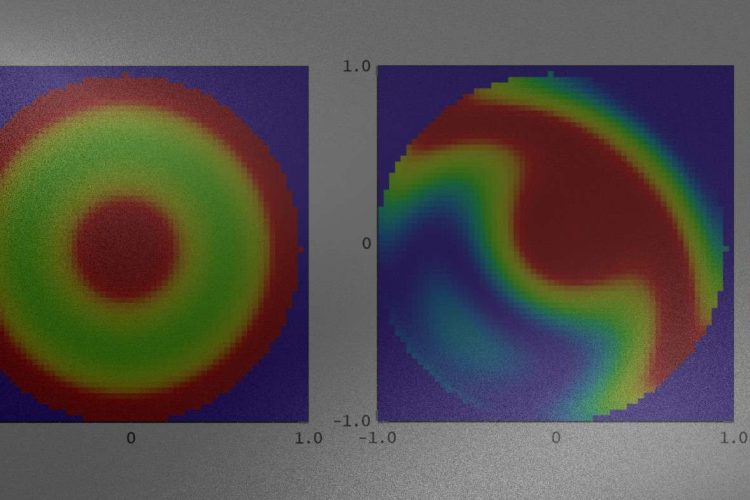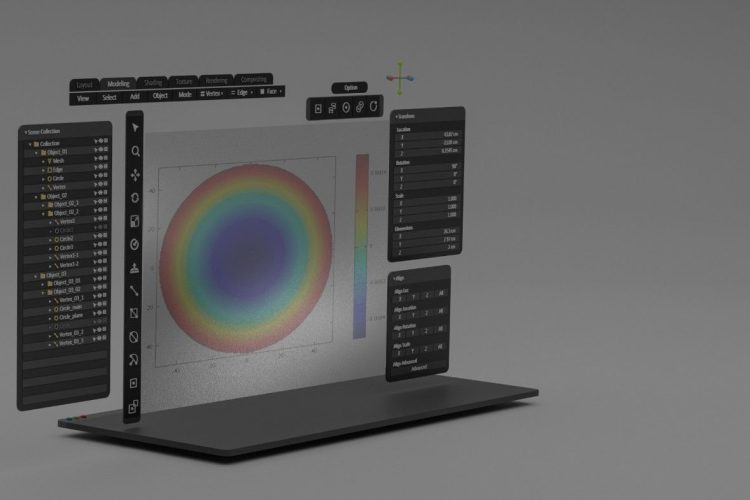Key Takeaways Outsourcing optical engineering offers faster access to top-tier expertise, avoids lengthy hiring cycles, and reduces fixed costs. Unlike full-time hires, outsourcing enables flexible scaling, ensuring resources are applied only when needed. Avantier provides advanced design, simulation, diagnostics, and compliance guidance—bridging gaps in talent while accelerating innovation. With precision tools, metrology, and scalable support, […]
Blog
Avantier Inc.



